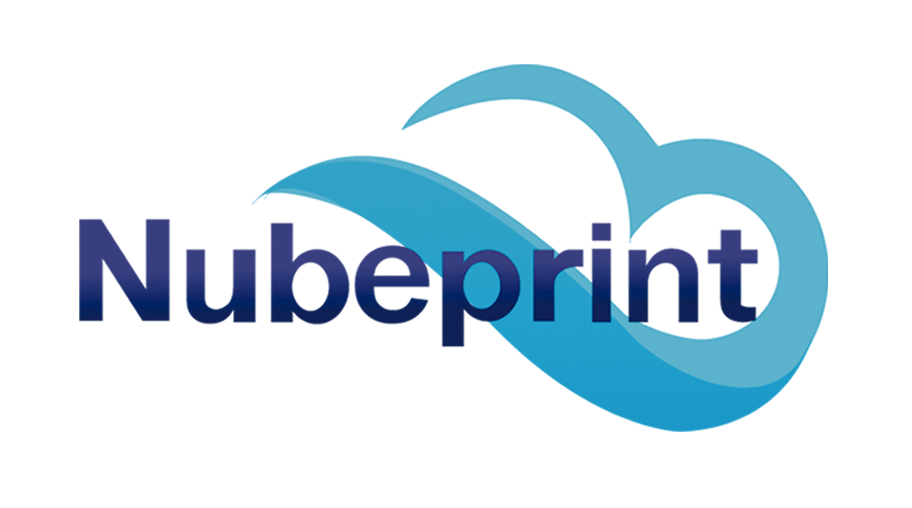Did you know …….?
AI is unlocking the secrets of the Shroud of Turin.
The Shroud, a relic fraught with controversy, supposedly wrapped the body of Jesus after his crucifixion. Over the centuries, it has been the subject of countless studies. Now, AI joins the investigation: what new findings does it hold for us…?
The Guarini Chapel (Turin, Italy), a masterpiece of Baroque architecture, was built at the end of the 17th century to house the Holy Shroud.
This relic (also called Synode) has been the subject of intense debate over the years. In 1988, radiocarbon dating tests determined that the cloth had a medieval origin, contrary to the belief that it was the shroud of Jesus.
However, in the last decade, AI has emerged as a powerful tool in the study of the Synod. A team of researchers used machine learning algorithms to analyze images of the cloth and discovered possible traces of human blood. This finding found that contamination accumulated on the sheet over the centuries may have affected the radiocarbon dating results.
AI has also focused on the facial features present on the sacred cloth. Using facial recognition algorithms, these features have been compared to known artistic depictions of Jesus, revealing a striking similarity.
The use of AI in the study of the Synod has opened up new avenues of research. Machine learning algorithms can analyze large data sets and discover patterns that might go unnoticed by humans. This combination of technology and tradition has led to new findings and a reconsideration of previous theories about the authenticity of the sacred cloth.
The combination of AI, along with DNA analysis and current radiocarbon dating, will provide an accurate understanding of the origin and authenticity of the Shroud. In addition, AI will help preserve the cloth in the long term.
In short, the incorporation of AI into the study of the Shroud represents a new dimension between faith and technology. New findings will reveal the secrets of this ancient enigma, offering a unique perspective on Christian history and faith.
Nubeprint has a managed MPS solution with dynamic algorithms and filters. In 2013, it develops the first A.I. engine for MPS and, since 2017, it has a Machine Learning (ML) developed specifically for MPS.
Leading new technological advances in AI, Nubeprint has the NubAI generative AI assistant, similar to ChatGPT, which responds in real time to any help question about the system and any query about the status of customer projects, being a fundamental tool to achieve cost savings and optimize the printer fleet.
Source: iccsi.com.ar/sabana-santa-inteligencia-artificial/ Nubeprint
This relic (also called Synode) has been the subject of intense debate over the years. In 1988, radiocarbon dating tests determined that the cloth had a medieval origin, contrary to the belief that it was the shroud of Jesus.
